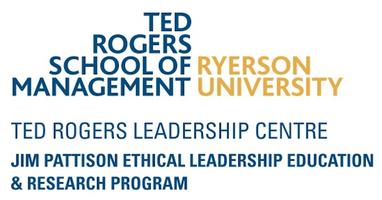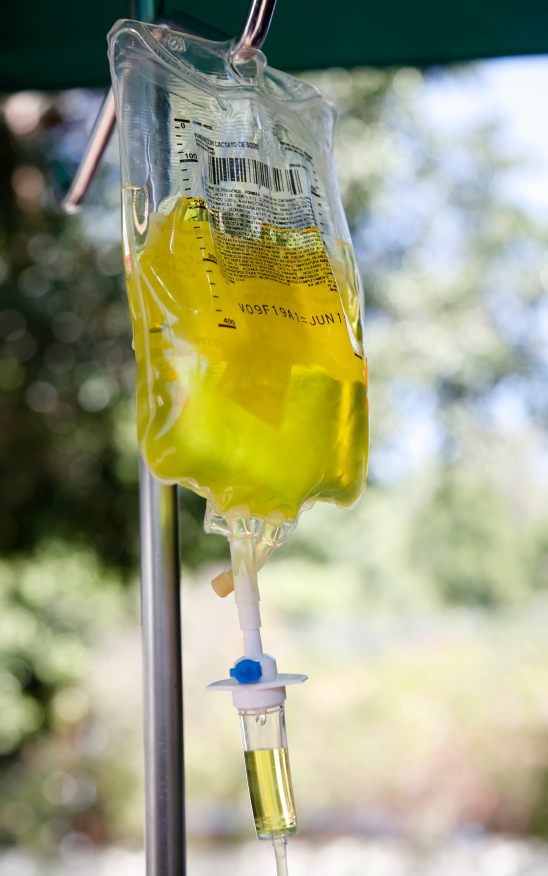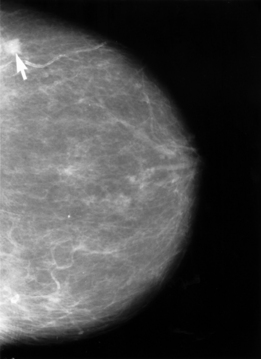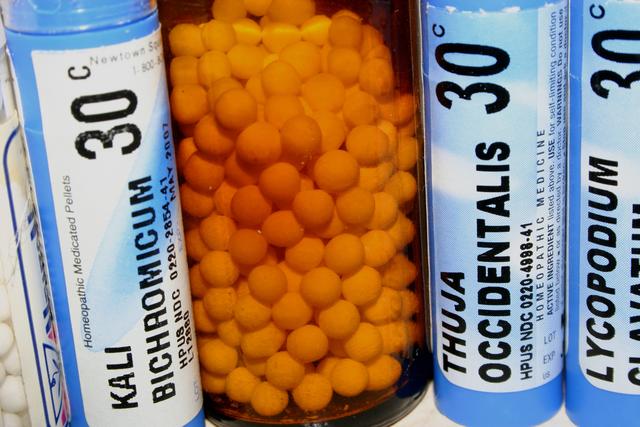
Legal to sell, yes. But ethical to sell?
Complementary and alternative medicine (CAM) is no longer fringe, and anything but the mom-and-pop image that manufacturers carefully craft. CAM is big business, and most Americans today take some sort of supplement. The impetus for my blogging (and tilting at CAM windmills) emerged from years spent working in a pharmacy with a heavy reliance on CAM sales. If it was unorthodox, this store probably sold it. Conventional drug products (the ones I was familiar with) were hidden off in a corner, and the store was otherwise crowded with herbal remedies, homeopathy, and different forms of detox kits and candida cleanses. All of this was unlike anything I’d ever seen or heard about in pharmacy school – so I started researching.
I looked at CAM from a scientific evidence perspective, the one I was taught in pharmacy school, using the same approach I’d take when assessing a new drug. Did the evidence support the claims made about these products, or not? The answers, as you might expect, were often the same. There was little or no credible evidence to demonstrate CAM had any meaningful benefits. I started blogging my own reviews as a way of documenting my own research, while offering some information to anyone on the Interwebs who might be searching for evidence.
Over time my blogging focus expanded, as I asked myself the inevitable questions: How could implausible products with no scientific backing even be approved for sale at all? I discovered the regulatory double-standard allowed for anything considered a dietary supplement (or in Canada, a “natural health product“) and the history and politics that have made CAM the “Wild West” of health care, with a marketplace that prioritizes a manufacturer’s right to sell over a consumer’s right to purchase a product that is safe and effective. Given the retail marketplace that’s been established by regulators like the FDA and Health Canada, I’ve turned my focus on to health professionals, who have an ethical responsibility to put patient interests above that of commercial interests. From a professional practice and medical ethics perspective, I have argued that health professionals that sell or promote CAM are on ethically shaky ground, and compromise the credibility of the profession.
Despite the lack of evidence that CAM (in general) offers any health benefits at all, it’s been remarkable to watch its popularity grow, to the point where even large pharmacy chains now sell aisles of products that are implausible and often highly questionable. Generally meeting these changes with a collective shrug, the pharmacy profession has even tried to lower its own ethical standards. While I do get the occasional encouragement from some of my peers, most just say “it’s business” or “the customer wants it, and these are legal products.” My argument today is CAM fails even this lower ethical bar. Continue reading








You must be logged in to post a comment.